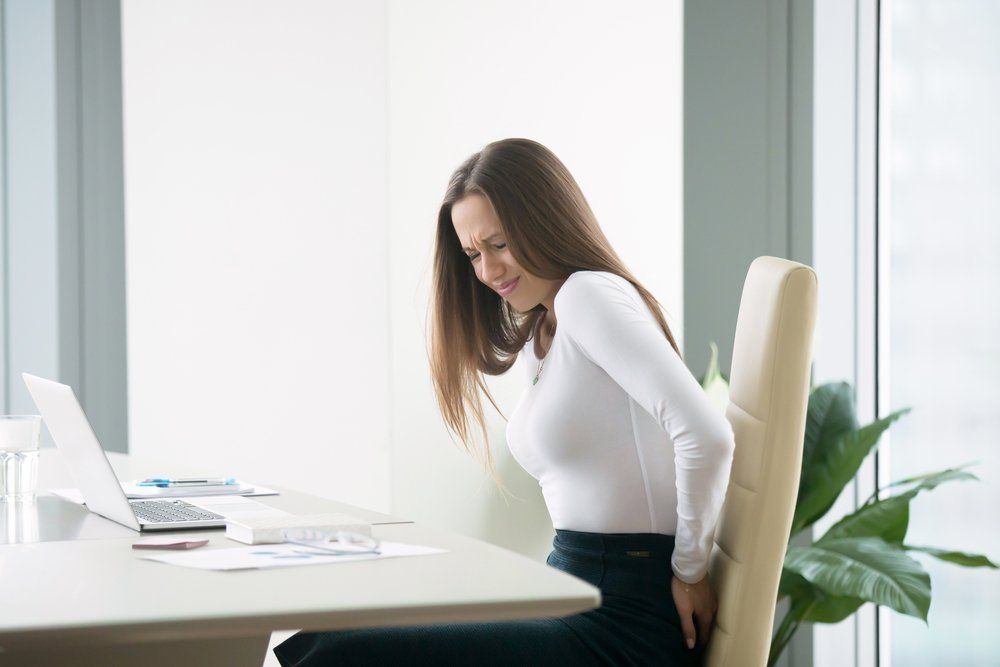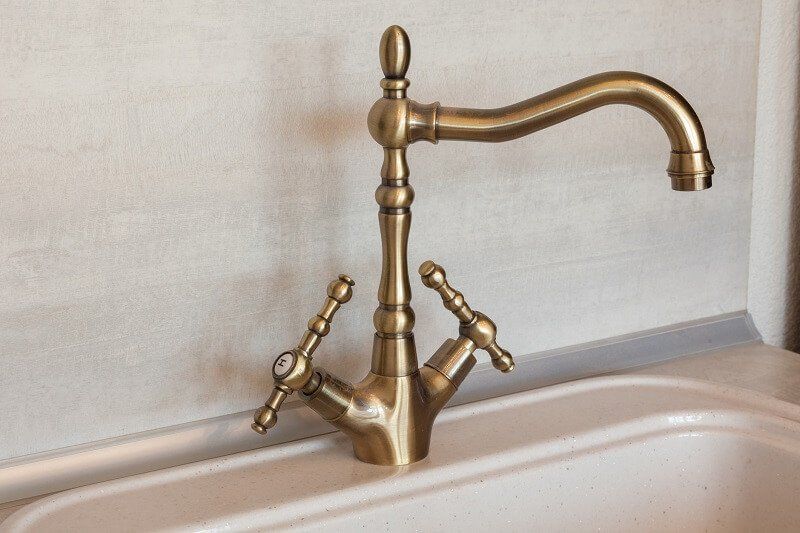Cleaning Tips To Reduce Allergies And Asthma
Cleaning Tips To Reduce Allergies And Asthma

Best Tools for Removing Allergens: Vacuuming
There is no better tool to clean your floors and carpets than a vacuum, but the type of vacuum you use may be more important than you think! Choose a vacuum with a small-particle or high-efficiency particulate air (HEPA) filter. Regular vacuums sometimes allow allergens, pet dander, or other particles to escape the filter and be released into the air. A HEPA filter, on the other hand, removes 99.97% of dust, bacteria, and other particles.
However, vacuums with HEPA filters do not guarantee accurate HEPA results, so be wary if you plan to shop for one. To ensure you’re choosing a true HEPA vacuum, scan for its serial numbers and confirm the test results printed on the filter reads that the filter traps 99.97% of 0.3 microns. It is best to vacuum carpeted floors weekly. An effective vacuum can be a fantastic tool in making your home a haven where allergies are not welcome!
Air Purifying Your Home
The Environmental Protection Agency (EPA) recommends your home be well-ventilated to improve indoor air quality. Although attempting to get rid of the allergen is often the best way to curb a flare-up, air purifiers can help too. Air purifiers capture indoor allergens before dispersing clean air back throughout your home. The particles air purifiers trap are often allergens, dust, or other irritants that can trigger an asthma attack, such as smoke and pet dander. If you choose to purchase an air purifier, you may want to consider several factors, including its efficiency and certification, as well as the size of your room.
Need Help Reducing Allergens Before Spring Cleaning Your Space? 24 Hour On Call Cleaning Is Here for You!
If you’re looking to get your home in tip-top shape before the spring season, 24 Hour On Call Cleaning is ready to help! 24 Hour On Call Cleaning has offered residential cleaning services in Maryland, Virginia, and Washington, D.C. for more than 17 years. Our professional cleaning team is trained in our techniques and uses top-grade eco-friendly cleaning supplies. Whether you’re looking for a one-time cleaning or recurring service, we can help!
Schedule a one-time cleaning instantly on our website. With this option, you can schedule a cleaning at your convenience and customize your experience with us. This option is perfect for getting your home spring-ready!
If you’re interested in our recurring cleaning services, we follow this process:
- Conducting a free at-home consultation: One of our managers will come to your home to provide you with a personalized estimate.
- Reviewing official paperwork: We’ll show you our proof of insurance, bonding, and references.
- Delivering the cost: Once the initial consultation is complete, the 24 Hour On Call Cleaning manager will share all pricing information with you!
Our cleaning checklist includes the kitchen, living spaces, bathrooms, and bedrooms. We are committed to providing excellent cleaning services for your home, and we take your satisfaction with our work very seriously. Make your transition into the new season easy and fun by leaving the cleaning up to us! Your home will feel just like new, and you’ll be able to head into the warmer months feeling fresh, happy, and satisfied.
Schedule your cleaning with us today if you’re ready to take on spring.
Reduce Mold and Mildew Causing Moisture
You can manage mold in your home by controlling the moisture indoors because mold will not grow without a wet environment. Because mold needs moisture, mold is most often found in bathrooms and kitchens. If you notice mold in your home, be sure to dry the affected area and work to get rid of the mold. Cleaning the mold without fixing drying the wet area makes it easier for the mold to come back.
Managing the moisture levels inside your house is key to preventing the growth of mold:
- Clean spills quickly: If you dry wet areas 24-48 hours after a spill, mold is less likely to grow.
- Monitor indoor humidity: It’s best to keep indoor humidity below 60%. Tools to measure indoor moisture are generally available for a low price at most hardware stores.
- Use a dehumidifier: If your home is especially humid, using a dehumidifier can help prevent both mold and dust mites.
- Reduce humidity in the bathroom and kitchen: Running the fan while you shower and using exhaust fans while cooking can lower moisture levels indoors.
If you’re renting your home or apartment, report plumbing leaks immediately to your property manager or maintenance team. And if cleaning up mold in your home, always make sure to protect yourself by wearing an N-95 mask, gloves, and goggles.
The process of cleaning mold or mildew in your home differs based on what you’re cleaning. A mix of ¾ cup of bleach to 1 gallon of water works for most hard surfaces. For carpeted floors, use a solution of one part hydrogen peroxide to five parts water to clean the backside of the carpet. After cleaning it, place the rug in the sun to dry or use a fan.
Remember to Dust Often
When dusting, using a microfiber cloth is the most effective way to prevent dust and allergies in your home. Using another tool might only move the dust around rather than remove it.
Getting rid of dust in your home is also essential because dust mites may be the most common trigger for allergies and asthma. The American Lung Society recommends dusting regularly to improve your indoor air quality. It only takes a few minutes and can make a huge difference in your home! Dusting regularly will keep your home free from those pesky irritants and help you get a handle on your seasonal allergies or lower your asthma triggers.
Some places where dust is often found include:
- Window blinds
- Behind your bed
- Bookshelves or other shelves
- Under furniture
- Air vent covers
- Top and bottom of your refrigerator
-
Popular Cities
-
Popular Category










